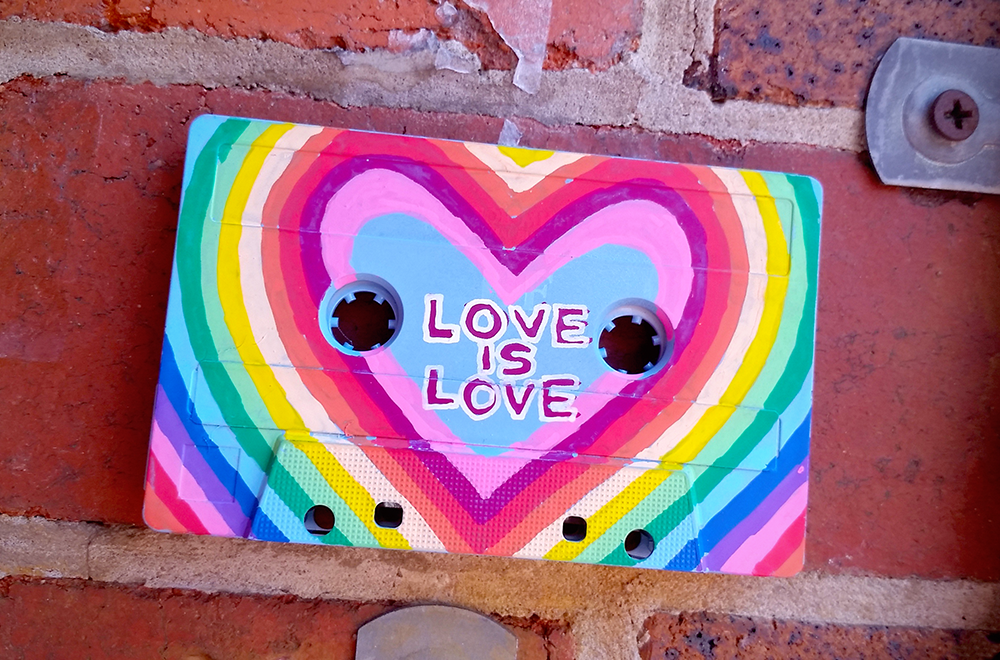Dear fellow artists, creative souls, and upcycling enthusiasts, when we hear the call to reuse, reduce, and repurpose - upcycling seems like a no-brainer, right?
We all want to be more sustainable, save some cash, and tap into our inventive sides by giving old, discarded items new life.
But have you ever paused to consider if there could be any drawbacks to this trend we love so much?
While creative reuse allows artists to transform old objects into spectacular new works of art in an eco-friendly way, upcycling isn't always straightforward.
So today, we're breaking down the unglamorous side of upcycling that rarely gets discussed - the facts about what actually happens once a previously-loved piece of junk becomes art.
From hidden toxic materials to laborious processes, upcycling comes with its fair share of challenges, and we're sharing both pros and cons so you can make the most informed creative choices.
By the end of this post, you'll have all the facts - both the good AND the not so good.
So pull up a seat, and get ready to look at upcycling from all angles.
It's time to separate upcycling myths from the reality of how these projects can truly impact you and the planet!
Key Takeaways:
- Upcycling can be time-consuming and labor-intensive, potentially limiting its scalability.
- The quality and safety of upcycled products can be inconsistent, posing challenges for widespread adoption.
- Upcycling alone cannot solve the problem of waste production and may divert attention from reducing consumption.
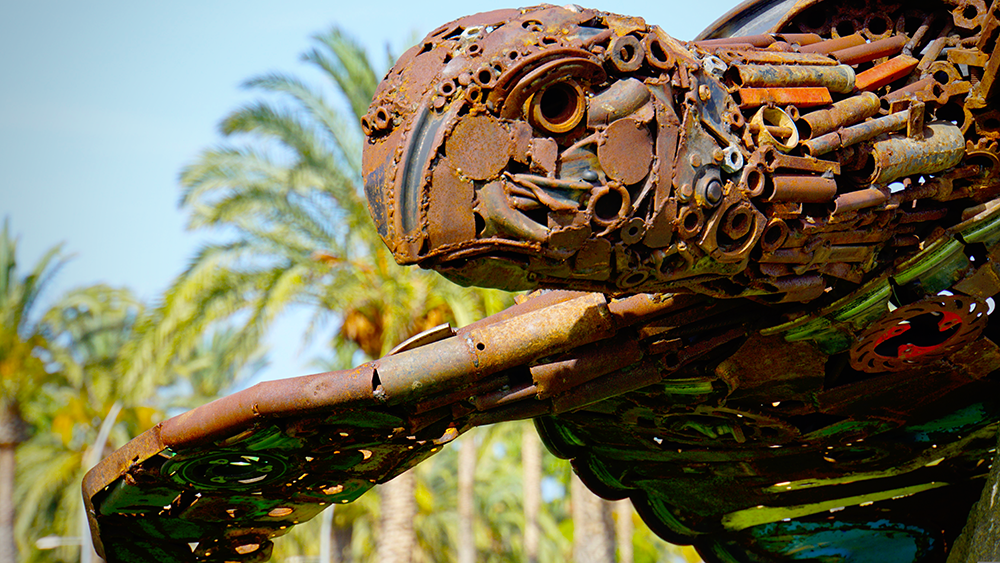

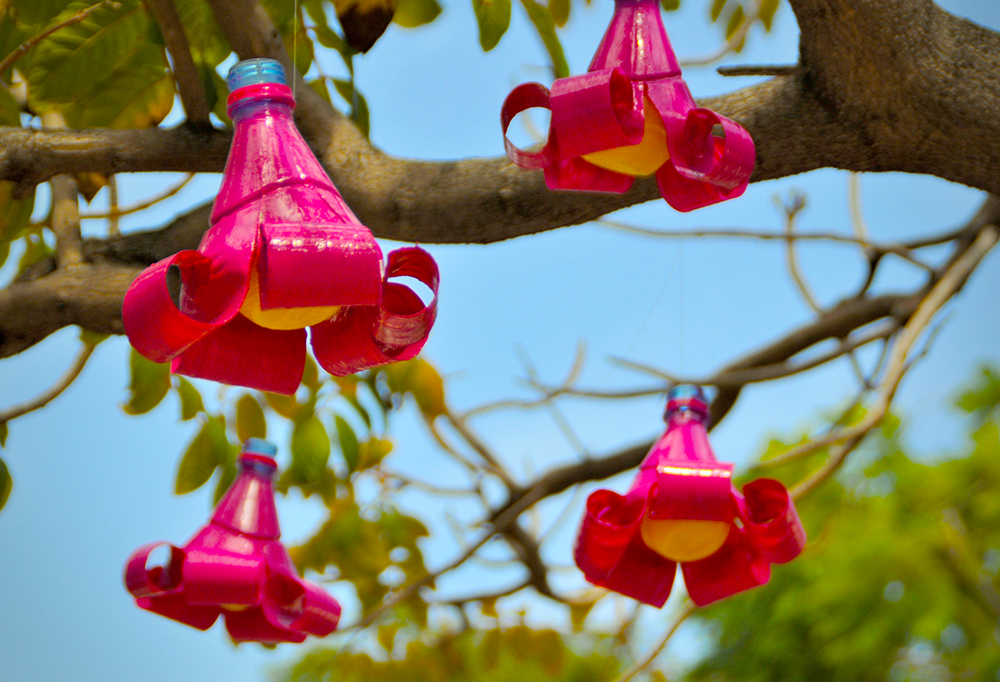
Upcycling and Its Potential
Upcycling has become a trend in the art and DIY communities, with artists and enthusiasts creatively reusing old items to make something new and unique.
This process of transforming waste materials into new products of higher quality or value, has been lauded for its environmental benefits and creative potential.
Upcycling not only helps reduce waste but also gives us an opportunity to express our creativity while saving money; however, it is not always perfect and magic.
Just like with anything else, there are negative points to consider when we upcycle; it comes with its own set of challenges and drawbacks.
So, let's delve deeper into the potential disadvantages of upcycling and see how we can mitigate them.
The Dark Side of Upcycling
While upcycling is praised for its environmental benefits, it's important to remember that not all upcycled projects are created equal.
To truly understand the disadvantages of the upcycling process, we must first take a closer look at the potential downsides.
Time and Labor Intensity
Upcycling is often a manual, artisanal process, requiring significant time and effort to transform waste materials into new products.
This labor-intensive nature can make upcycling less efficient than traditional manufacturing, especially on a massive scale.
For businesses and individuals looking to save money, the time commitment can be a deterrent, as the cost of labor may outweigh the savings from using reclaimed materials.
Moreover, the time-consuming aspect of upcycling can limit the number of products that can be created, affecting the ability to meet consumer demand.
While reusing materials like plastic bottles or old products can be environmentally friendly, the slow production rate may not be practical for companies that need to operate at a high volume to remain profitable.

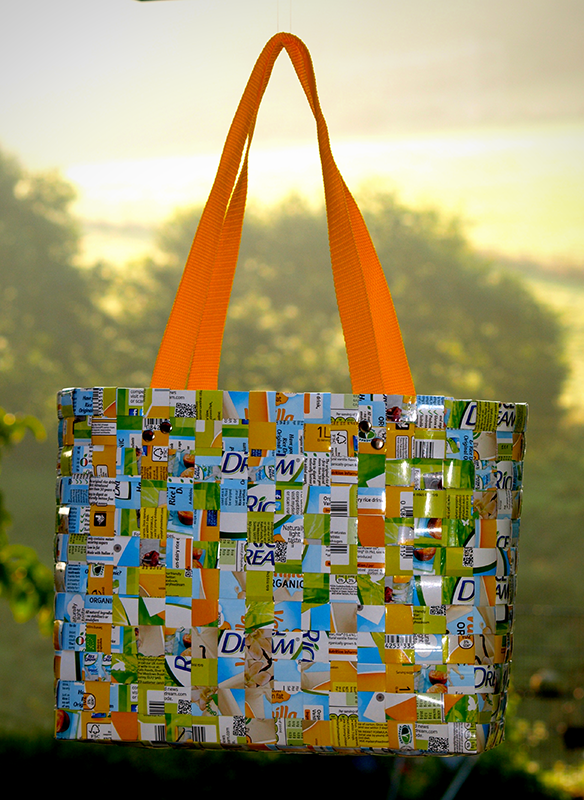

Quality and Safety Concerns
The final product quality of upcycled goods can vary greatly, depending on the original materials' condition and the upcycling process's skill level.
While some upcycled products may surpass the quality of new materials, others may fall short, leading to durability and functionality issues.
For example, furniture made from reclaimed wood may not have the same structural integrity as pieces made from new resources.
Safety is another concern, as upcycled products may not undergo the same rigorous testing as new goods.
This can be particularly problematic for items like children's toys or food packaging, where safety standards are critical.
Consumers and companies alike must be vigilant about the potential risks associated with products made from reused materials.
Limited Scope and Impact
While upcycling can reduce waste and give new life to discarded items, it is not a panacea for the world's waste problems.
The practice often focuses on a narrow range of materials, such as plastics and textiles, leaving out many other types of waste.
Additionally, upcycling does not address the root cause of waste production: the overconsumption of goods.
The environmental impact of upcycling is also limited by the scale at which it can be implemented.
While turning waste into upcycled art or small-batch products can make a positive impact, it is unlikely to significantly reduce the overall waste stream without broader adoption and systemic changes in production and consumption patterns.
Accessibility to Upcycling Resources
Upcycling, the process of transforming waste materials into new products of higher quality or value, often faces the challenge of accessibility to resources.
For many individuals and small businesses, the initial step of sourcing suitable materials can be a significant barrier.
The availability of plastic waste, for instance, is abundant, yet the ability to collect, sort, and clean these recyclable materials is time-consuming and requires a dedicated supply chain.
This can deter potential upcyclers from starting projects, as the effort to merely prepare the raw materials can be as demanding as the upcycling process itself.
Moreover, the tools and equipment necessary to create an upcycled product can be costly and difficult to obtain.
While large companies may have the capital to invest in specialized machinery, individual artisans and small business models may struggle.
Michael Braungart, co-founder of the Cradle to Cradle design framework, emphasizes the importance of designing products with the end of their life in mind.
However, without accessible resources and tools, the ability to implement such forward-thinking designs is limited, potentially stifling innovation and the growth of upcycling initiatives.
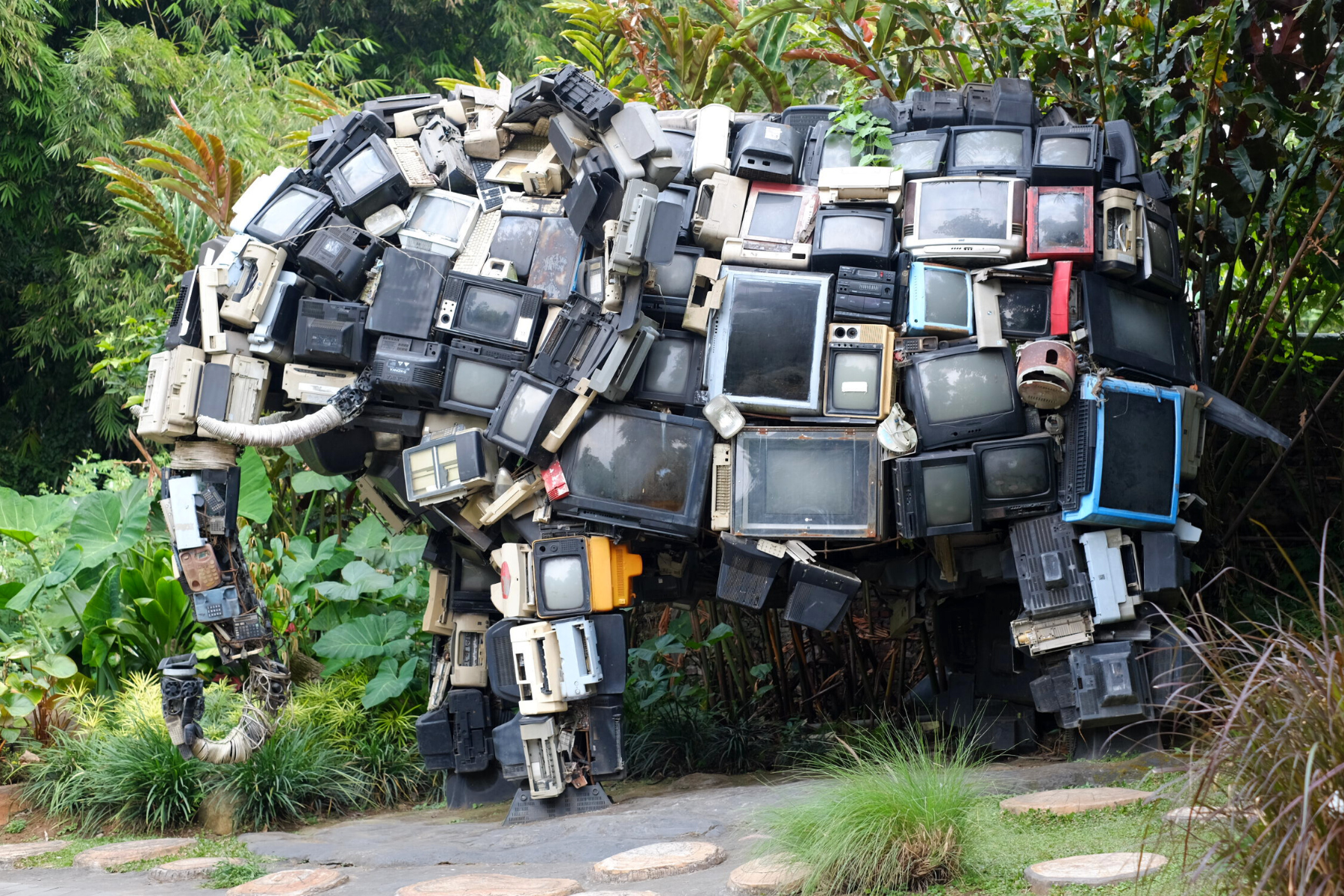

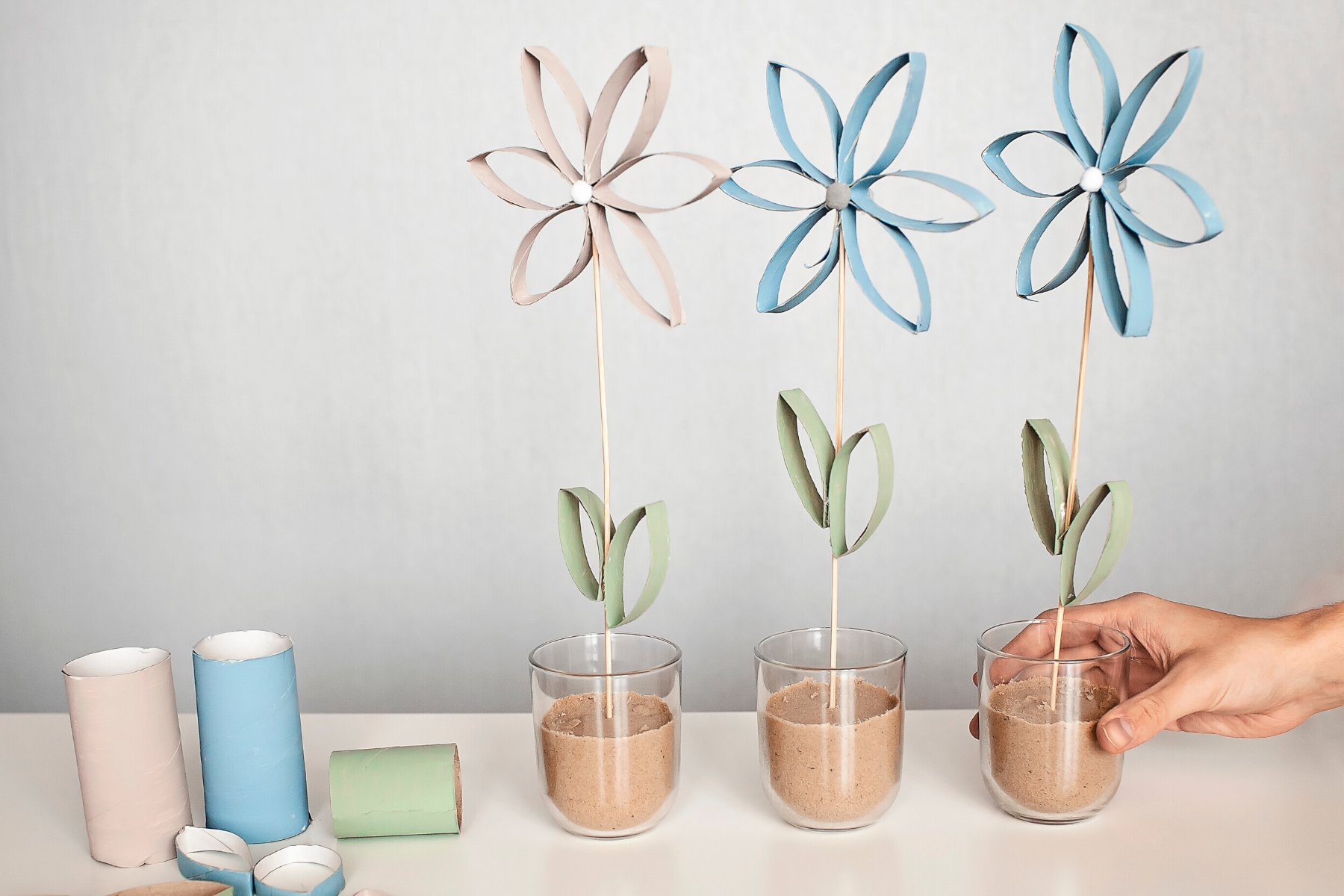
Unpredictability in Upcycling Outcomes
Upcycling, by its very nature, involves a degree of unpredictability that can be both a creative boon and a logistical challenge.
The process of transforming recycled materials into new products is not always straightforward, as the initial condition and the inherent properties of the materials can vary greatly.
This unpredictability can lead to time-consuming trial and error before achieving the desired outcome.
For instance, a co-founder of an upcycling startup may envision a line of furniture made from reclaimed wood, only to find that each piece reacts differently to treatments due to its unique history and prior use.
Moreover, the final aesthetic and functional quality of upcycled items can be inconsistent, which may affect consumer perception and marketability.
While some customers appreciate the unique character of upcycled goods, others may prefer the predictability of mass-produced items.
This inconsistency can pose a significant challenge for upcycle entrepreneurs who aim to establish a reliable brand image.
It requires a careful balance between the charm of uniqueness and the assurance of quality, which can be a time-consuming endeavor to manage effectively.
Integration with Existing Manufacturing Processes
The integration of upcycled materials into existing manufacturing processes presents another set of challenges.
While upcycling can reduce waste and contribute to a circular economy, the incorporation of recycled content into production lines that are designed for new materials can be complex.
For example, a co-founder of a sustainable fashion brand may want to upcycle textile waste into new garments.
However, the variation in material types, textures, and colors can complicate the manufacturing process, requiring additional sorting and processing steps that are both time-consuming and potentially costly.
Furthermore, the integration of upcycled materials often demands specialized knowledge and equipment, which can be a barrier for traditional manufacturers looking to adopt more sustainable practices.
The need to retrofit or upgrade facilities to handle upcycled material can be a significant investment, and not all companies are willing or able to make this commitment.
As a result, the potential for upcycling to make a substantial impact on reducing industrial waste is limited by the readiness of existing manufacturing systems to adapt to the use of recycled materials.
Economic Viability and Market Demand
The success of upcycling as a business model hinges on market demand for upcycled products.
While there is a growing interest in environmentally friendly and unique items, not everything that is upcycled will find a willing buyer.
The niche appeal of certain upcycled goods can limit their marketability, making it challenging for upcyclers to turn a profit.
Furthermore, the actual value of upcycled items can be difficult to determine.
Factors such as the cost of raw materials, the energy used in the recycling process, and the labor involved in creating the final product all influence the price point.
If the cost of upcycled goods is too high, consumers may opt for cheaper, mass-produced alternatives, undermining the economic sustainability of upcycling ventures.



Dependence on Waste Materials
Upcycling relies on a steady supply of waste materials, which can be both a blessing and a curse.
On one hand, it helps divert materials from landfills and reduces the need for new resources.
On the other hand, it creates a dependence on the waste stream, which can be unpredictable and inconsistent.
The availability of suitable waste products for upcycling can fluctuate, affecting the ability to produce a consistent product line.
Additionally, competition for high-quality waste materials can drive up costs, making it harder for upcyclers to source the inputs they need at an affordable price.
Environmental Costs of Upcycling
While upcycling is generally seen as an environmentally friendly practice, it is not without its own ecological footprint.
The process of collecting, transporting, and transforming waste materials into new products requires energy, which can contribute to environmental pollution and water pollution.
Moreover, the focus on upcycling can sometimes overshadow the importance of reducing plastic use and other forms of waste at the source.
By emphasizing the reuse of materials, there is a risk of perpetuating a cycle of consumption and waste, rather than encouraging more sustainable behaviors that would benefit future generations.
Challenges in Standardization and Regulation
The upcycling industry lacks the standardization and regulation found in traditional recycling facilities and manufacturing sectors.
This can lead to inconsistencies in the quality and safety of upcycled products, making it difficult for consumers to trust and adopt them on a wider scale.
Regulatory challenges also arise when upcycled products enter the market.
Without clear guidelines on labeling and safety standards, it can be hard for consumers to distinguish between genuinely upcycled items and those that are merely marketed as such.
This lack of transparency can hinder the growth of the upcycling movement and its potential to make a more significant environmental impact.



Role in Education and Community Engagement
Upcycling presents a unique opportunity to educate and engage communities in discussions about waste reduction and environmental stewardship.
By involving local communities in upcycling projects, awareness is raised about the pros and cons of our consumption habits and the impact on natural resources.
Educational programs that focus on how to reuse materials can inspire individuals to think creatively about trash, transforming what would be garbage destined for landfill into functional and artistic items.
This hands-on approach not only fosters a sense of environmental responsibility but also encourages the development of practical skills.
In addition to its educational value, upcycling can serve as a catalyst for community building.
Collaborative upcycling projects bring people together, creating a shared sense of purpose and accomplishment.
For instance, community gardens can benefit from upcycled structures and decorations, while local markets can showcase and sell upcycled goods, supporting the local economy.
These initiatives not only contribute to waste reduction but also strengthen community ties, demonstrating that upcycling has a few pros that extend beyond the environment and into the social fabric of neighborhoods.
The Potential and Limitations of Upcycling
Upcycling presents a creative and environmentally conscious approach to dealing with waste, but it is not without its disadvantages.
As with any emerging industry, upcycling has its share of challenges that must be addressed for it to reach its full potential.
The process can be time-consuming and labor-intensive, limiting its scalability and economic viability.
Quality and safety concerns, a limited scope of impact, dependence on waste materials, environmental costs, and regulatory challenges all pose significant hurdles to the widespread adoption of upcycling.
While it offers a way to add more value to waste products and reduce the environmental footprint, upcycling should be viewed as part of a broader strategy that includes reducing consumption and improving waste management systems.
From quality and safety concerns to economic viability and accessibility to resources, the road ahead may seem rocky at times.
However, as communities come together to educate themselves and find innovative ways to transform waste into valuable resources, the potential of upcycling to make a positive impact is vast.
By addressing the challenges and finding ways to overcome them, we can build a more sustainable future for generations to come.
Nevertheless, with some effort, creativity, and patience, upcycling can still be a fun and rewarding way to express your artistic side and contribute to the planet's health.
So, go ahead and upcycle if you want, but know the risks and address the disadvantages beforehand.


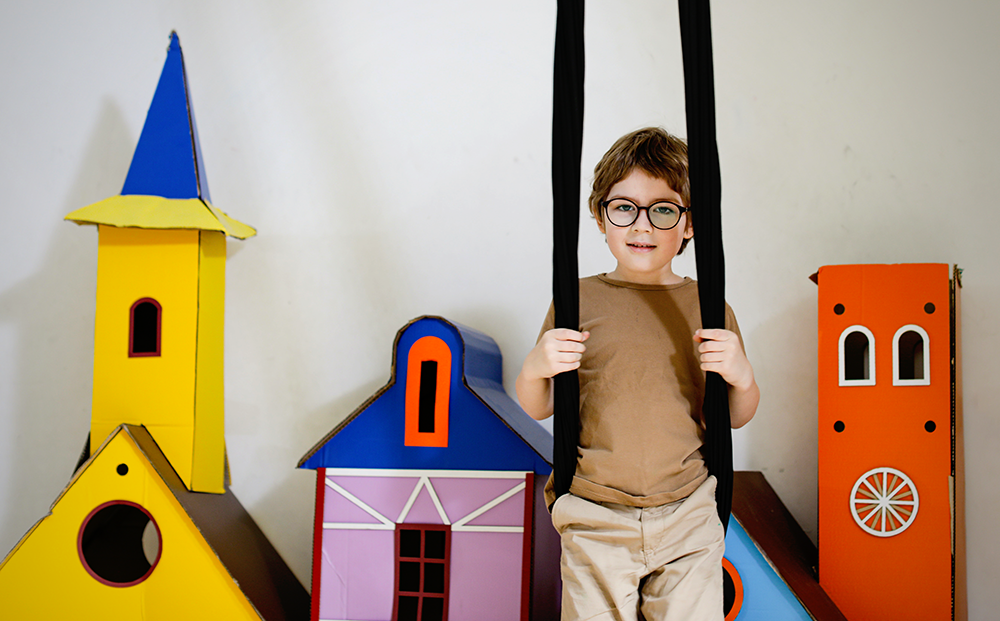
Looking to explore ways to upcycle? Check out Blossom's video!
Want even more content about creativity and art?
Be sure to check out all of our creative chronicles!
Ready to dive into the world of upcycling and recycled art?
Check out some of our other articles:
-What is the difference between upcycled and repurposed?
-What are the difference between upcycled art and downcycled art?


